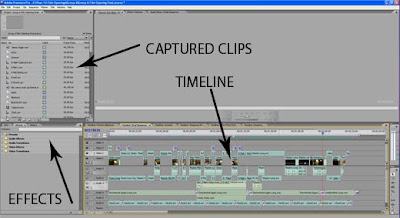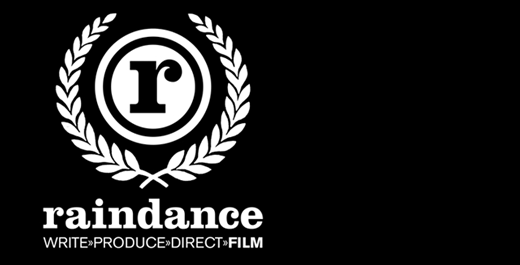In what ways does your media product use, develop or challenge forms and conventions of real media products?
Top 5 Conventions in film openings:
- It sets the scene – location, time etc.
- Often introduces the main characters
- Establishes the key themes
- Has titles – key actors, director, producer etc.
- Often includes music – score or modern mainstream music
- Leave unanswered questions to intrigue the viewer – elements of mystery
For an opening sequence to be successful it should:
- Engage and captivate the audience so that they want to watch the rest of the film.
- Establish the time, period or time of day.
- Indicate the genre, generic conventions associated with the chosen genre to satisfy the audience’s expectation of the film.
- Show/suggest the core themes of the film.
- Establish the general pace of the film.
Here is an overview of our opening sequence:
Within the genre we chose - teen horror/thriller – there are many key conventions including:
- Typical characters – innocent teen girl, the caring boyfriend, strong male leader, the dumb girl, sexual female
- Typical events that take place – kidnappings, murder, plotting, police searches, fight sequences between lead protagonist and antagonist, left open ended, nightmares
- Typical iconography - darkness, vulnerability, red clothing, set in isolated areas
- Typical Themes – play on relevant fears (e.g. a disaster which happened that year), blood/gore, religion (e.g. "The Last Exorcism," "Devil," "The Wolfman," and "Shutter Island,"),
This is how we used those conventions in our opening:
In general all films follow a similar narrative structure by following the rules of continuity, and therefore creating a story which flows and immediately makes sense to the audience. Most films start with equilibrium, to then be interrupted by a disruption, and then there is finally a resolution at the end of the film. Cross cutting is often used to establish more than one character and to suggest that their paths will intertwine.
These are some examples of where we used continuity in our opening:
Within our opening, we used Todorov’s theory of Equilibrium/Disruption/Resolution:
This disruption of a kidnapping is also shown in Taken:
We used Barthes enigma code, as we had a kidnapping, but it happened in darkness. We also had the boyfriend arriving but we haven’t hinted about what he’s going to do next. We deliberately left a lot unanswered so the audience would want to watch more of the film.
We also utilised Propp’s character theory by having:
- a villain - unknown at this point
- a princess - Dani who get’s taken
- a potential hero - the boyfriend – Josh
By having these different characters it sets up a storyline which the audience will recognise and be interested in. Within the entire film, we will have the antagonists (the Italian mob) and the antagonists (the boyfriend and the best friend.)
Another film which uses similar characters is The Butterfly Effect which has a guy trying to save the girl he loves:
We had many binary opposites (Levi-Strauss) in our opening, one of which was the contrast between dark and light. The lightness suggests that nothing bad is going to happen, which then means the darkness suggests something bad was going to happen; which it did. The difference in light would also shock the audience as it’s a big jump narratively and visually.
We used subtle superimposed titles, so that the audience would not be distracted from the action. As our opening was quite slow, we didn't want jumps between titles and scenes as it would break the tension forming. An example of superimposed titles in a real film is in Hostel Part 2 (Roth, 2007):
Inspiration:
This is how our opening is similar to other real films:
The style of our film is slow and still, to make the audience feel tense. Because of the lack of action in the opening, and the dull colours the look of the film is quite understated, and it makes the opening appear more realistic. Whilst shooting, we mainly used the tripod so our shots were composed in an exact way and so the audience weren’t expecting the sudden burst of action. During editing we made sure there were no jumps between shots, and we decided to stay on each shot for a while so that the audience got a feel for the surroundings and would get a better understanding of the characters background.
I feel that our opening does the job an opening sequence should because it provides enough of a storyline for the audience to feel involved, but it also leaves a lot of questions open ended so they will be intrigued. It tells the audience who the producer, actors, director etc. are and it creates a mood for the audience to be immersed in through the use of silence and still shots.
































